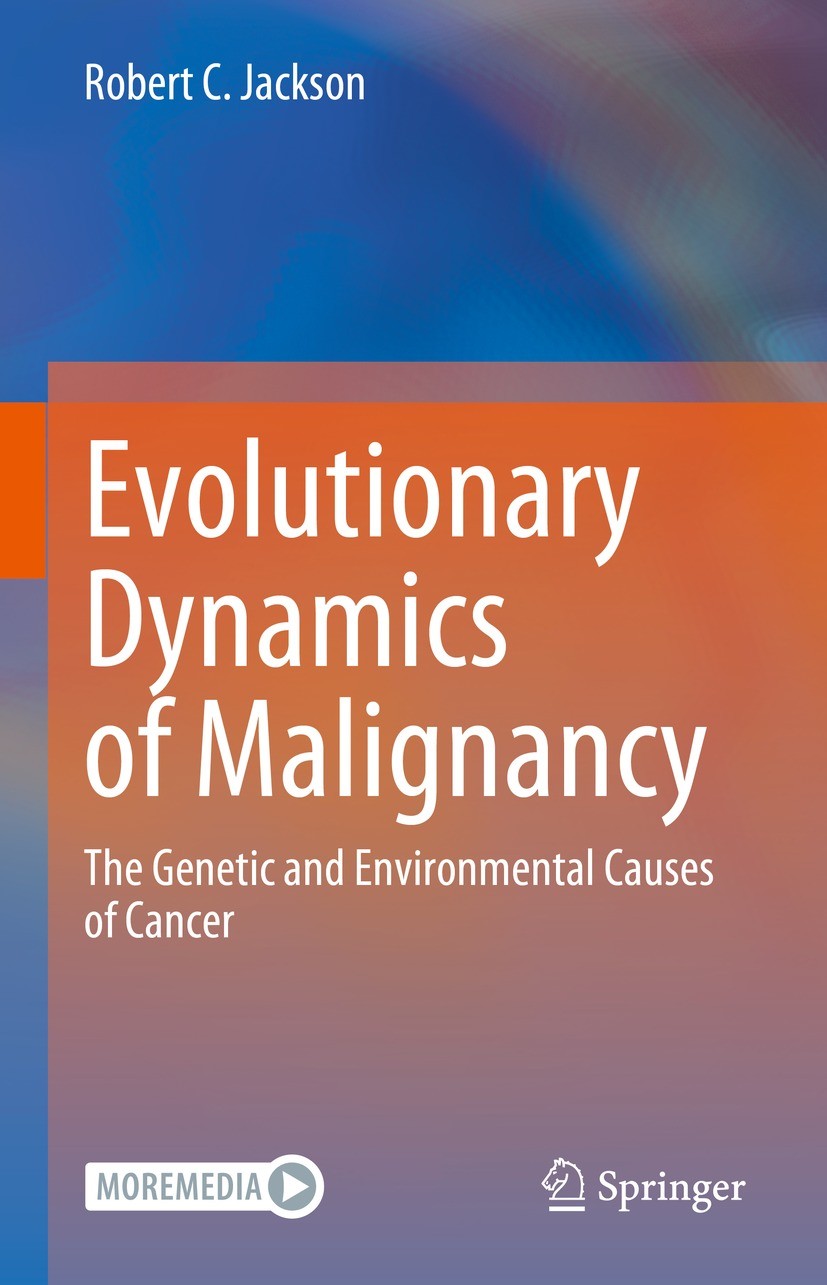| 书目名称 | Evolutionary Dynamics of Malignancy | | 副标题 | The Genetic and Envi | | 编辑 | Robert C. Jackson | | 视频video | http://file.papertrans.cn/318/317934/317934.mp4 | | 概述 | Discusses changes in pathways that drive malignant transformation.Chapters are enriched with computational models in an electronic supplement.Targeted to tumour biologists, clinicians and drug develop | | 图书封面 |  | | 描述 | .Advances in cancer genomics are transforming our understanding of cancer, and have profound implications for its prevention, diagnosis, and treatment. Evolutionary dynamics suggests that as few as two mutations can cause transformation of normal cells into cancer stem cells. A process of Darwinian selection, involving a further three or more mutations, taking place over a period of years, can then result in progression to a life-threatening tumour. In many cases the immune response can recognise and eliminate the mutant cells, but most advanced tumours have mutations that activate immune checkpoints and enable the tumour to hide from the immune system. For the most hard-to-treat tumours, future progress will require molecular diagnostics to detect cancer-causing mutations in healthy subjects, and new drugs or vaccines that prevent the progression process...Chapters of this book deal with the signalling pathways that control cell division, and changes in these pathways in cancer cells. Three cell cycle checkpoints that are often mutated in cancer are analysed in detail. A discussion of chronic myeloid leukaemia illustrates the role of reactive oxygen species in driving progression | | 出版日期 | Book 2023 | | 关键词 | cancer evolution; evolutionary dynamics; mathematical modeling of cancer; computational models; cancer t | | 版次 | 1 | | doi | https://doi.org/10.1007/978-3-031-32573-1 | | isbn_softcover | 978-3-031-32575-5 | | isbn_ebook | 978-3-031-32573-1 | | copyright | The Editor(s) (if applicable) and The Author(s), under exclusive license to Springer Nature Switzerl |
The information of publication is updating

|
|
 |Archiver|手机版|小黑屋|
派博传思国际
( 京公网安备110108008328)
GMT+8, 2025-12-27 12:24
|Archiver|手机版|小黑屋|
派博传思国际
( 京公网安备110108008328)
GMT+8, 2025-12-27 12:24


